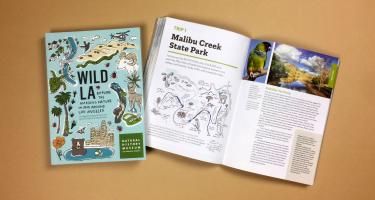
Kris Newby: BITTEN
Having experienced persistent effects of a tick bite, Kris Newby helped create the 2009 Lyme documentary, Under Our Skin. In 2013, she learned scientist Willy Burgdorfer, who had identified the Lyme disease-causing bacterium, attributed Lyme’s initial outbreak to a bioweapons release. Her book Bitten: The Secret History of Lyme Disease and Biological Weapons explores that astonishing claim.








